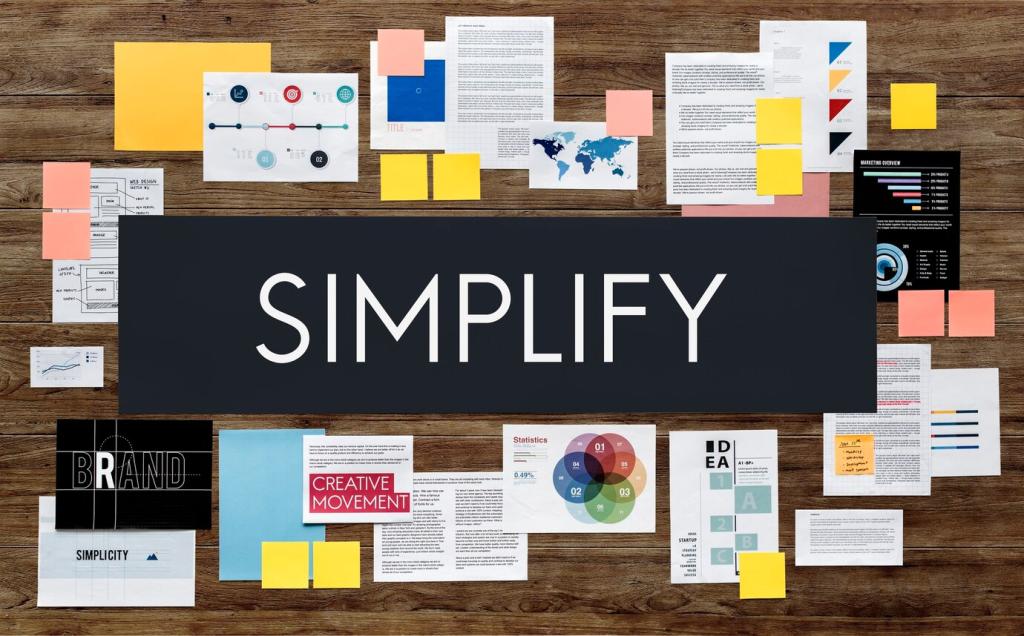What Performance Really Means for a Beginner Portfolio
Absolute returns tell you what happened. Relative returns tell you how you did versus a benchmark. Risk-adjusted returns reveal whether your gains were worth the turbulence you endured to achieve them.
What Performance Really Means for a Beginner Portfolio
A beginner portfolio evaluated after two months looks wildly different after two years. Short-term noise can overshadow long-term potential, so judge results within the timeframe your goals actually demand.
What Performance Really Means for a Beginner Portfolio
Success might mean beating a simple index, maintaining low volatility, or staying invested through fear. Write your definition down now, then measure performance against that promise consistently and honestly.
What Performance Really Means for a Beginner Portfolio
Lorem ipsum dolor sit amet, consectetur adipiscing elit. Ut elit tellus, luctus nec ullamcorper mattis, pulvinar dapibus leo.








